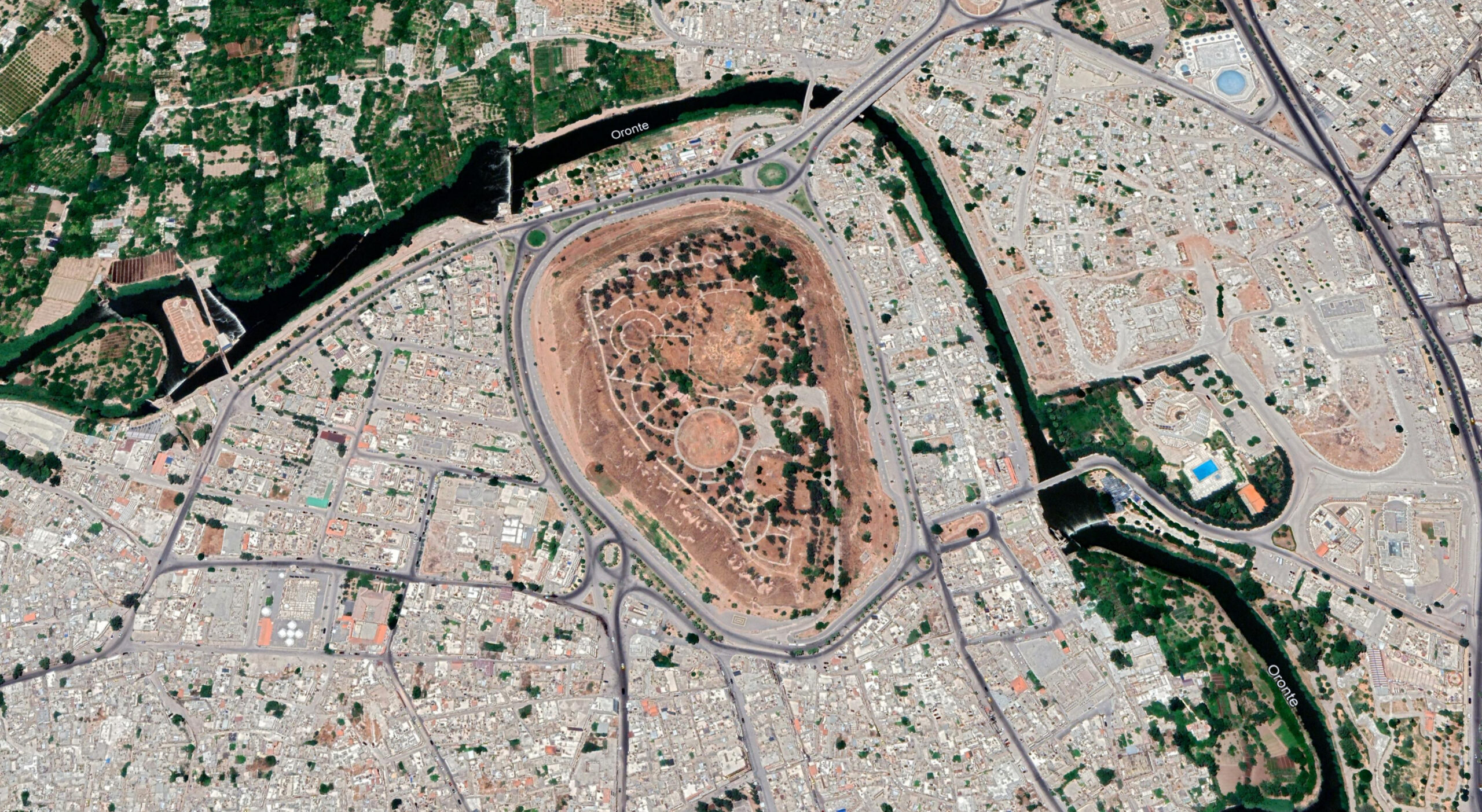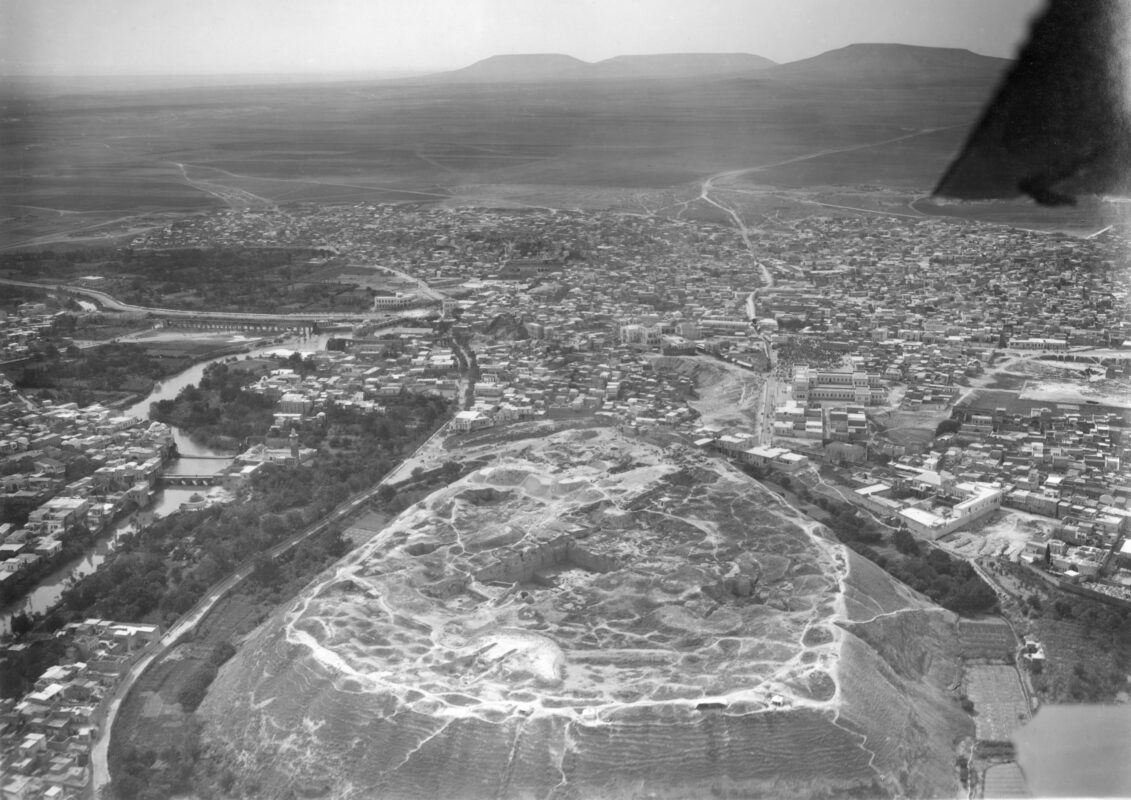
Ordinary Lives in Extraordinary Times: A New View of the Earliest Urban Societies in Bronze Age Syria
The Hama Project is led by an international team of researchers (Danish, Italian, and Syrian) and involves the study, cataloguing and publication of Bronze Age archaeological contexts and materials — largely unpublished to date — preserved at the National Museum of Denmark and originating from the site of Hama in Syria (35°08′N 36°45′E). This site was investigated by the Carlsberg Expedition to Phoenicia between 1931 and 1938.
The Hama collection is of outstanding importance. It is the largest collection of archaeological finds from the excavation of a Near Eastern site housed in a European museum and one of the most extensive collections (over 12.000 artifacts) currently located outside Syria. The archaeological context is also exceptional, as it represents the only case of excavated domestic structures from the Early Bronze Age (ca. 3000–2000 BCE) in western Syria, contemporary with the Royal Palace G phase and the State Archives of Ebla.
In 2020, the Hama Project — Ordinary Lives in Extraordinary Times: A New View of the Earliest Urban Societies in Bronze Age Syria—received funding from the Independent Research Fund Denmark Project. The activities of the UniMi Team from the Department of Literary, Philological, and Linguistic Studies include the digitization of original documentation produced by the Danish archaeological mission at Hama and preserved at the Nationalmuseet, as well as the creation of an archaeological GIS for the digital management of data, outreach activities, and communication.




